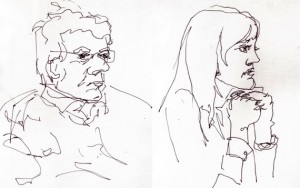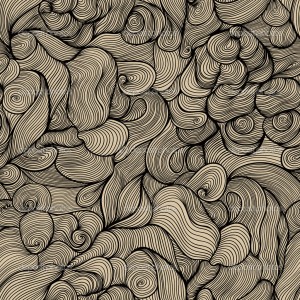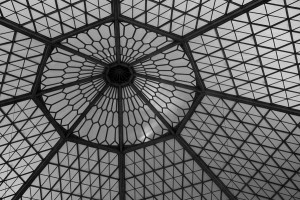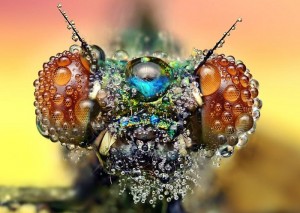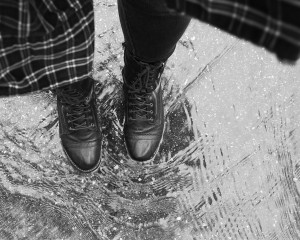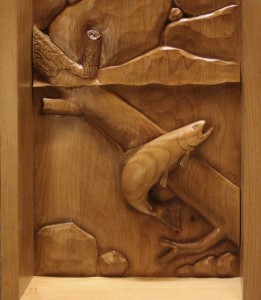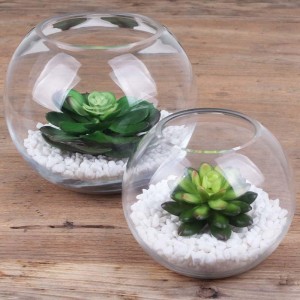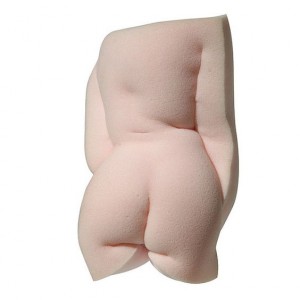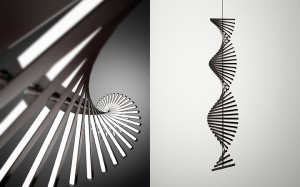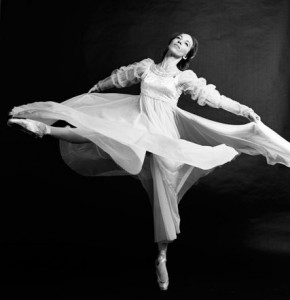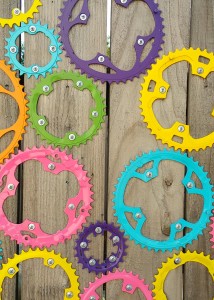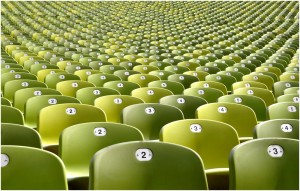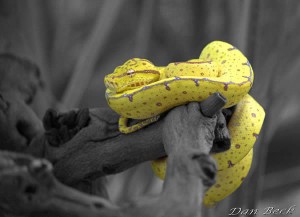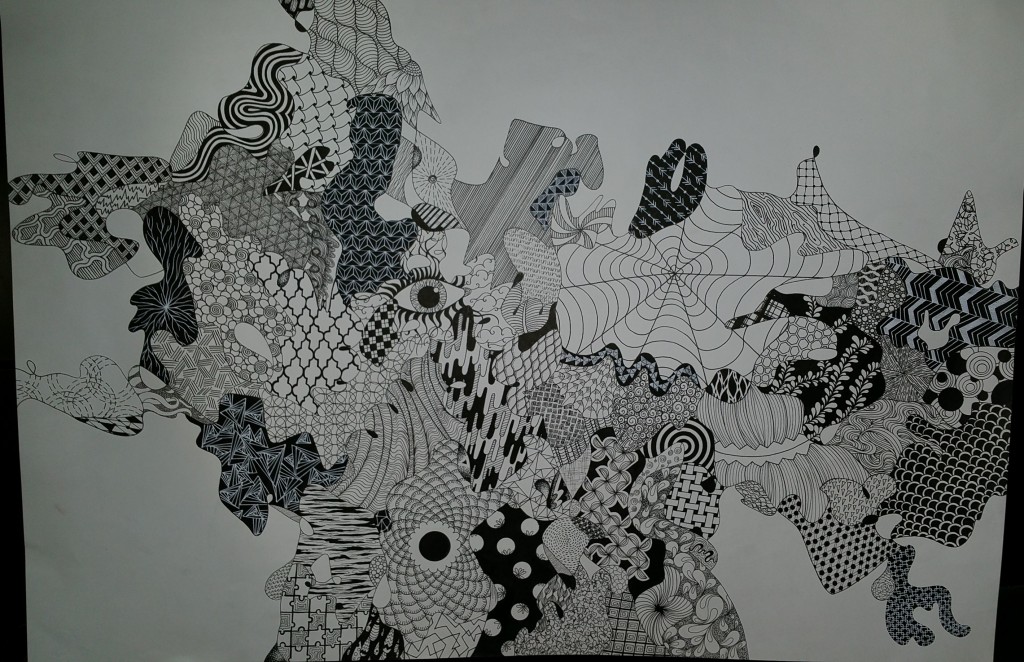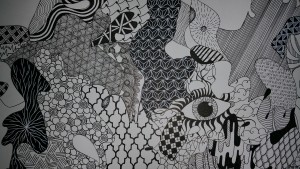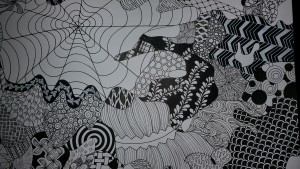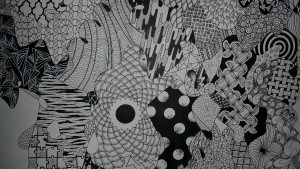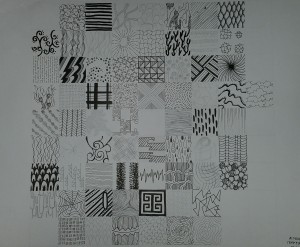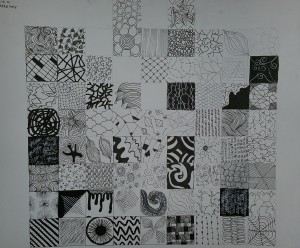Ally Sheppard, Dani Gallucci, Colm Duffy
Elements of Art:
Line // a mark connecting two points, either implied or explicit, used to connect or divide other elements
Texture // the look and feel of a surface achieved through repetition of any element
Value // embodied by the relative amounts of light and darkness used to convey mood and enhance a concept
Color // deals with value, hue, tone, and is used to add emotion, time, and emphasis to a concept
Plane // a three dimensional form with more length and width than depth
Volume // the three dimensional space (implied or explicit) that a composition takes up
Mass // the implied weight of a form in a given space
Space // the holistic usage of positive and negative forms in a given composition
Light // used to add emphasis, mood, and time to a composition and can be applied in numerous ways
Time/Motion // an implied movement which can also be represented as a passage of time
Principles of Design:
Unity/Variety // 1. the cohesiveness of a composition as carried across by repeated or complementary elements 2. a distinction between elements to prevent from visual stagnation
Balance // the way the weight of a composition is distributed across a given space
Scale/Proportion // the relative size of an object to another object to give greater mass to the other
Rhythm // a pattern created by repeating elements intended to direct the viewer’s gaze, utilizing sequence to do so
Emphasis // draws attention to the most important aspect of a composition, accomplished by making that aspect bolder or otherwise distinguishing it from the surrounding elements
